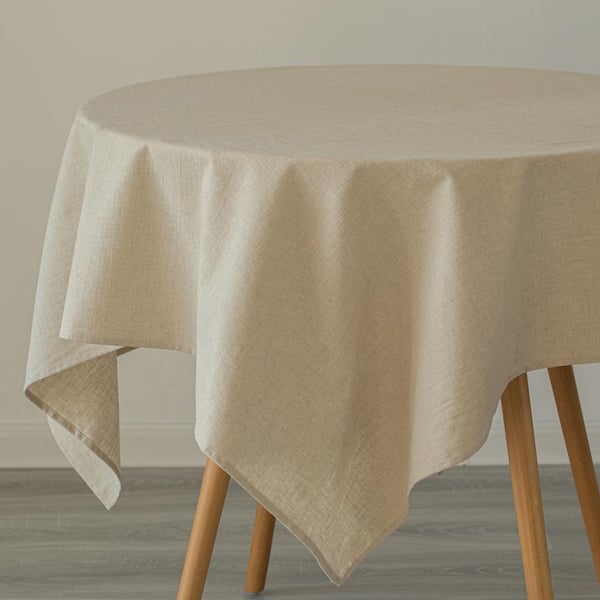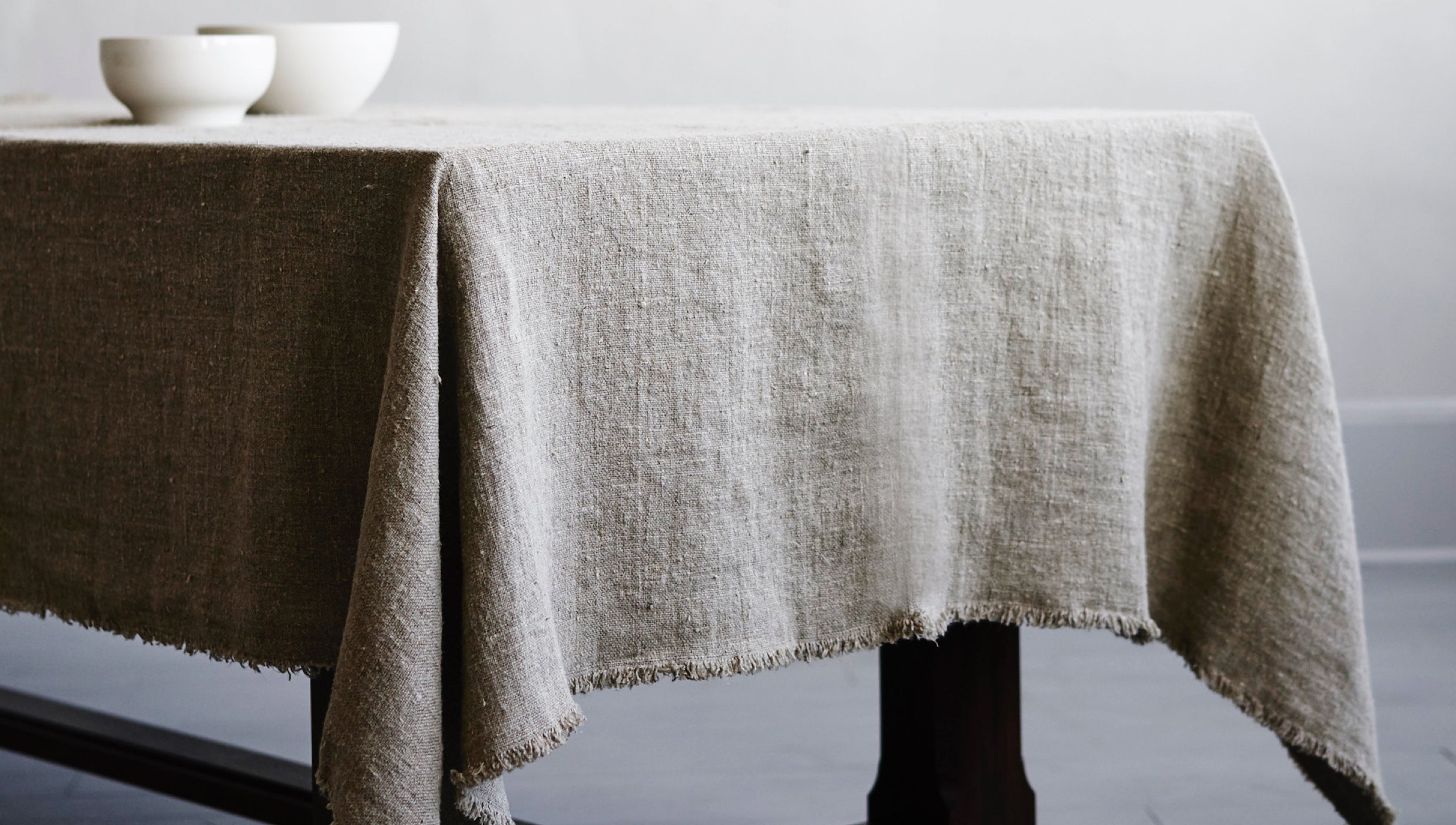Trendy Table Runner Concepts: Transform Your Dining Experience
Wiki Article
Linen Material: Understanding the Beginnings, Attributes, and Advantages of This Lavish Natural Product
Bed linen, the elegant and polished fabric known for its extravagant feel and ageless charm, has a rich history that dates back centuries. Its origins can be traced to old civilizations that prized its remarkable top qualities. Beyond its historical value, bed linen has unique features that establish it apart from various other textiles, making it a popular option on the planet of style and indoor layout (flat sheet). Recognizing the advantages of this natural material goes beyond simple aesthetic appeals; it uses a series of advantages that deal with both functional and ecological factors to consider. From its versatility in different applications to its sustainable production techniques, bed linen proceeds to captivate and motivate.Historical Roots of Bed Linen
Linen, a fabric with old origins, has played a significant role throughout history as a result of its amazing properties and flexibility. Dating back to old people, linen has actually been a treasured fabric for its phenomenal breathability, longevity, and glamorous feeling. Making use of bed linen can be traced to ancient Egypt, where it was used for garments, interment shrouds, and also as a type of money. The old Greeks and Romans also valued linen for its comfort and sophistication, typically utilizing it for garments put on by the affluent elite.In middle ages times, linen remained to be extremely esteemed, with its production coming to be a significant industry in Europe. The convenience of bed linen made it a staple textile for clothing, household items, and also sails for ships. During the Renaissance, linen was further raised in condition, with its use in fine garments and home linens representing wide range and social standing.
Unique Characteristics of Linen
Popular for its exceptional breathability and durability, linen material flaunts unique features that have actually made it a preferred fabric for centuries. One of the crucial attributes of bed linen is its unrivaled breathability, which enables air to move via the fabric quickly. This residential property makes linen garments ideal for cozy weather, as they assist the body stay cool and comfortable. Additionally, bed linen is recognized for its high absorbency, with the ability of wicking away moisture from the skin, making it ideal for summertime apparel.An additional unique feature of bed linen is its exceptional strength. Despite its lightweight feel, bed linen is one of the best all-natural fibers, making it unbelievably resilient and long-lasting. Linen fabric additionally comes to be softer and a lot more comfortable with each wash, enhancing its allure with time. Furthermore, bed linen has an all-natural gloss and a slightly irregular appearance that gives it an unique, extravagant look. Its capacity to withstand dust and discolorations, in addition to its hypoallergenic residential properties, better add to the appeal of linen as a premium textile option.
Benefits of Using Linen
With its extraordinary breathability and resilience, linen textile uses a plethora of benefits that make it a popular option for different apparel and home products. One of the main benefits of making use of bed linen is its breathability. Linen fibers are hollow and permit better air movement, keeping the body cool and comfortable in warm weather. Furthermore, linen flat sheet is very absorbing, efficient in taking in dampness without really feeling damp, making it suitable for summer season garments.In addition, linen is a long lasting fabric that becomes softer and much more comfy with each wash, guaranteeing durability and reducing the need for frequent substitutes. This resilience also encompasses its resistance to moths and carpeting beetles, making bed linen things much less vulnerable to harm compared to various other materials.
Additionally, linen is a sustainable selection, as it is made from the flax plant, which calls for much less water and pesticides to grow compared to cotton. Its natural fibers are additionally biodegradable, adding to environmentally friendly methods. To conclude, the benefits of making use of bed linen incorporate comfort, resistance, toughness, and sustainability to pests, making it a flexible and attractive choice for numerous applications.
Versatile Applications of Bed Linen

Moreover, linen's versatility goes beyond the fashion sector, finding its area in different home style products. Linen curtains bring a touch of understated luxury to living rooms, enabling natural light to filter via while including texture and depth to the area. Linen bedding is one more in-demand choice, understood for its breathability and ability to maintain sleepers cool in the summer season and cozy in the winter months. Padding covers, table linens, and also furniture take advantage of linen's functional properties, including a touch of refinement and comfort to any type of home setting.
Sustainability in Bed Linen Production

In addition, linen's natural protecting homes can assist conserve energy by maintaining individuals cool down in warm weather condition and cozy in colder climates, possibly lowering the dependence on man-made heating and cooling systems. Embracing bed linen as a sustainable selection in textiles straightens with the growing worldwide focus on environmentally conscious techniques in various industries.
Final Thought
To conclude, bed linen material has an abundant historical background, distinctive attributes, and countless benefits. Its flexibility in applications and sustainable production techniques make it a very sought-after material in various industries. Linen's special homes such as breathability, longevity, and moisture-wicking capacities set it besides other fabrics, making it a luxurious and practical option for clothes, home textiles, and other items. On the whole, linen remains a environmentally pleasant and classic alternative for customers looking for top quality and sustainability.
Throughout the Renaissance, linen was further elevated in condition, with its usage in fine garments and house linens signifying riches and social standing. (flat sheet)
Popular for its exceptional breathability and durability, linen material flaunts distinctive qualities that have actually made it a popular textile for centuries.With its exceptional breathability and sturdiness, bed linen material supplies a plethora of benefits that make it a preferred option for various apparel and house products. Padding covers, table linens, and even upholstery benefit from bed linen's versatile homes, including a touch of refinement and comfort to any home setting.
Linen's unique homes such as breathability, durability, and moisture-wicking abilities establish it apart from various other materials, making it a extravagant and sensible option for clothing, home fabrics, and various other products.
Report this wiki page